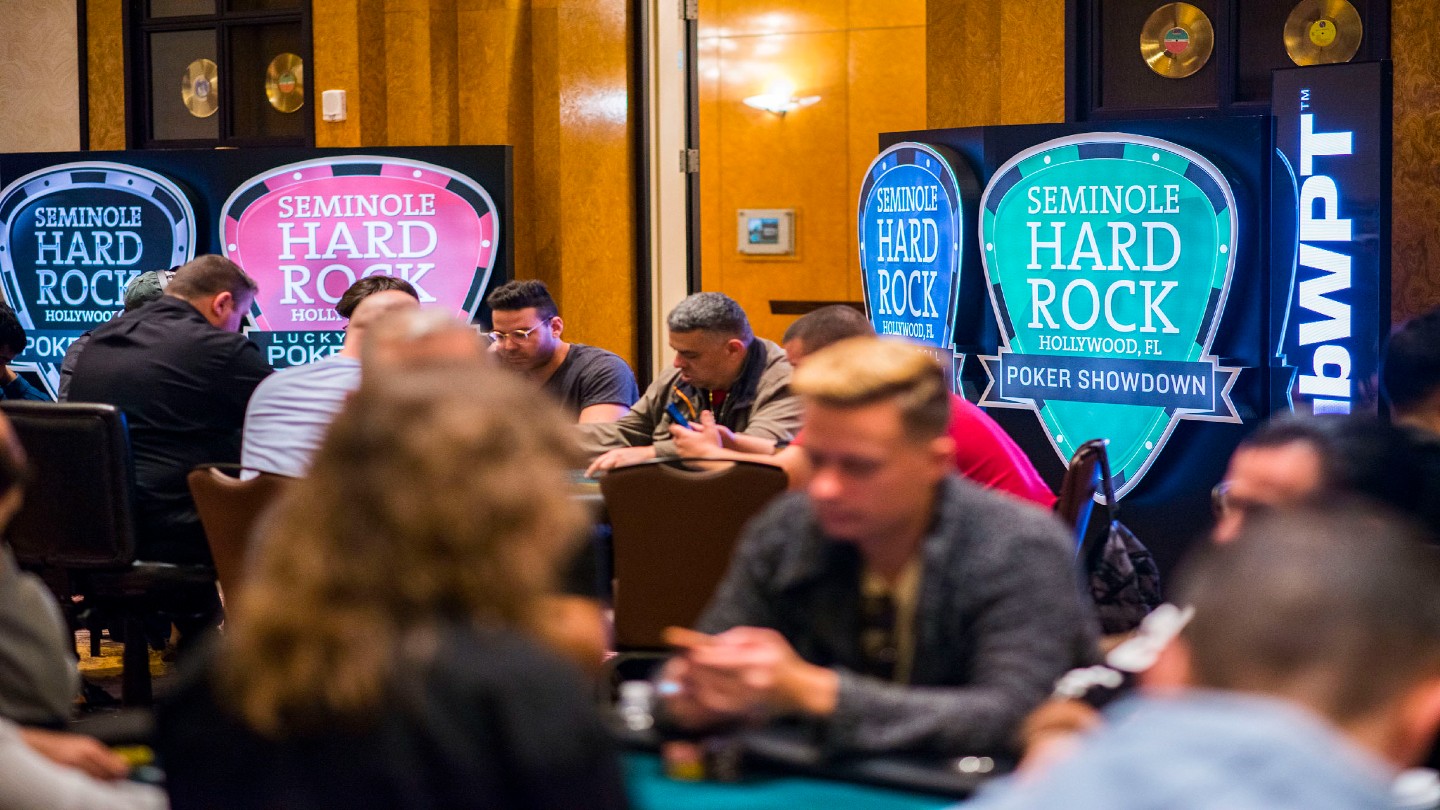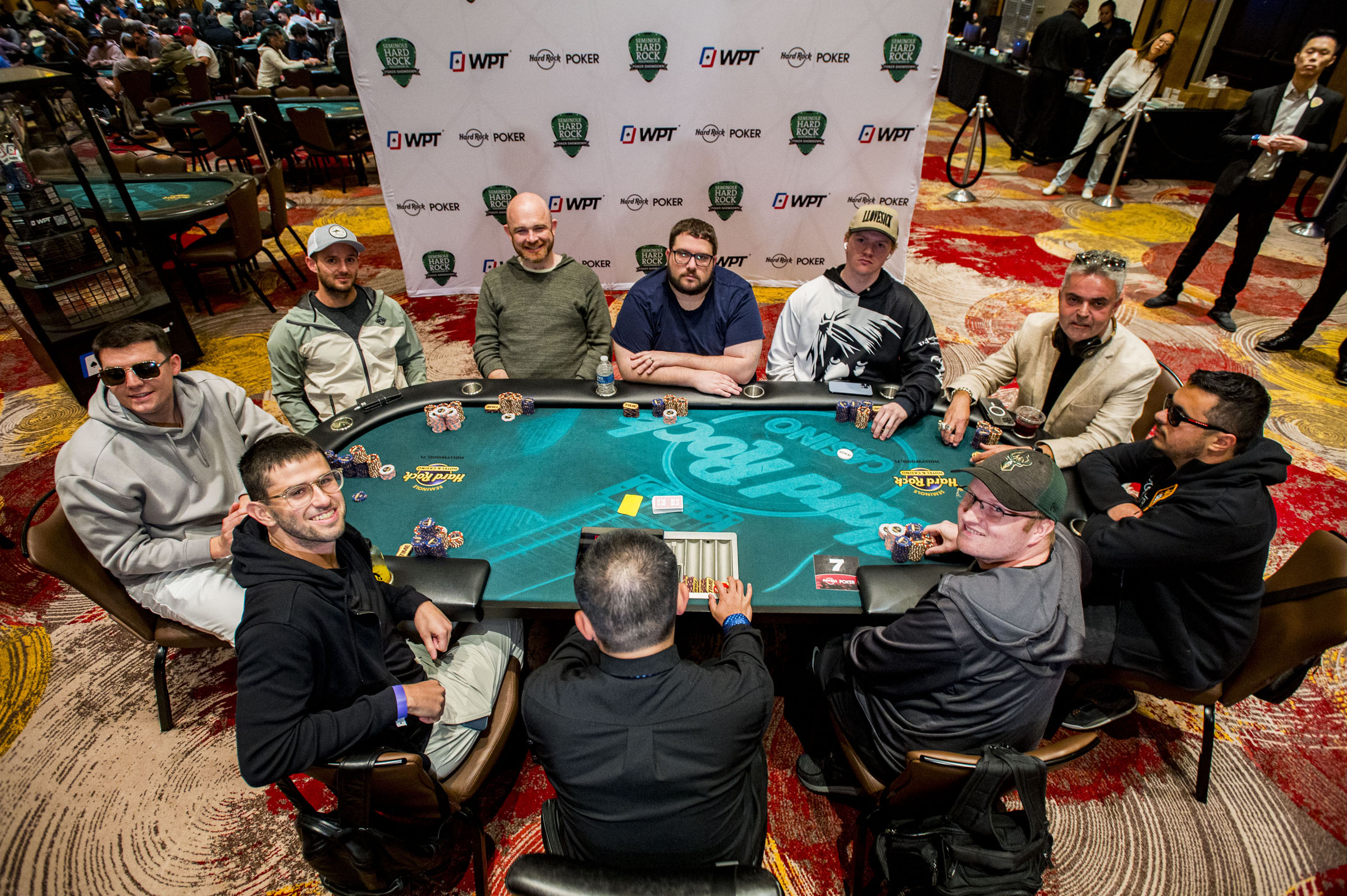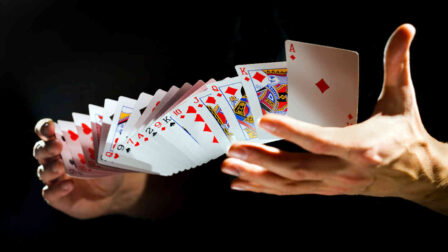What Is the Nuts in Poker and How to Play It
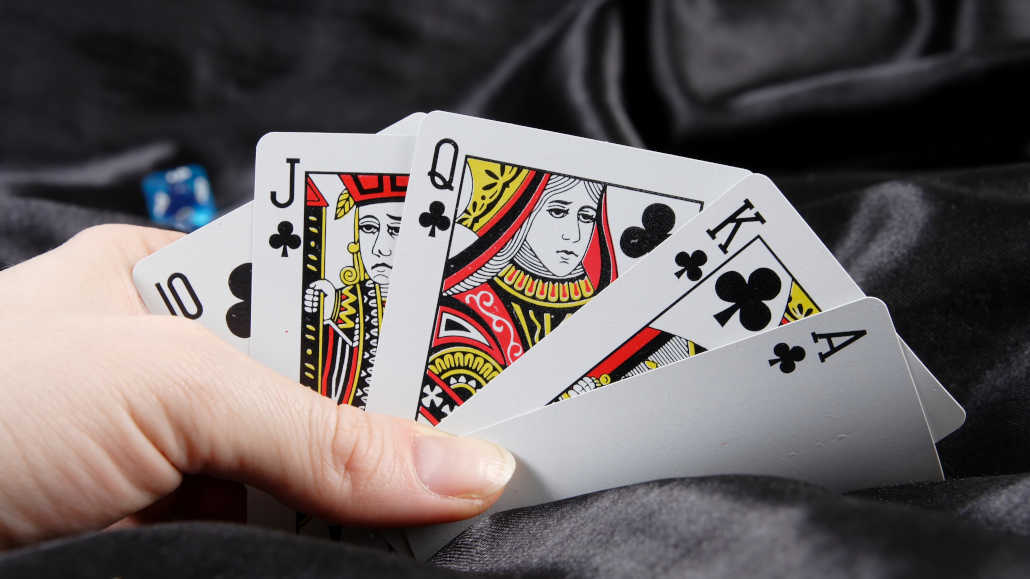
13 minutes
Last Updated: August 31, 2022
Over the years, poker has developed tremendously. However, some of the things related to this card game have remained the same for decades.
One of the things that hasn’t changed from the games in colonial America to the high-stakes games on TV and online poker rooms we have today is the terminology.
When it comes to terminology in poker, the term nuts is for sure one of the most commonly used.
If you are new to the game, you might be wondering what is the nuts in poker. Well in Texas Hold’em poker, the term nuts is used to describe the best possible card combination in any given situation.
To help you understand how poker players use the term poker nuts, we break down everything you should know about this particular term.
What Is the Nuts in Poker?
Poker players use the term nuts when they want to describe the best possible poker hand combination.
And while the best possible hand in poker is the Royal Flush, the term nuts rarely refers to this particular hand and is much more relative.
The term is used differently depending on the situation and includes factors like action, positions, game dynamics, and community cards.
Because so many factors come into play, there are two types of nuts:
- The absolute nuts
- The effective nuts
The Absolute Nuts
When talking about the absolute nuts or the stone cold nuts, poker players consider only the community cards without relying on other factors.
Because there are no community cards, pocket aces are the absolute nuts preflop!
Because the community cards are the only factor that determines the absolute nuts, the term describes the best possible hand on each street.
Hence, the card combination that was the absolute nuts on the flop might not be the absolute nuts by the time that the river hits.
For example,
On the flop of K♥7♥2♠, pocket kings are the absolute nuts as there is no combination that can beat this hand on this flop.
If a 5♥ comes on the turn, the absolute nuts change from pocket kings to the ace high flush (for example A♥Q♥), since the best possible five-card combination can now contain five cards of the same suit.
If a 7♦ hits on the river, the absolute nuts change again from the ace high flush to four of a kind (7♣7♠), since the best possible five-card combination can now contain four cards of the same rank (7♥7♦7♣7♠K♥)
However, although you should learn to recognize the absolute nuts in every hand you play, in most situations knowing the effective nuts is much more useful.
The Effective Nuts
The term effective nuts is used in poker to describe the best possible hand combination in a specific situation based on factors like community cards and player's ranges (which are based on action, game dynamics, position, stack sizes, etc.).
Because many more factors come into consideration when determining the effective nuts, it can differ significantly from the absolute nuts.
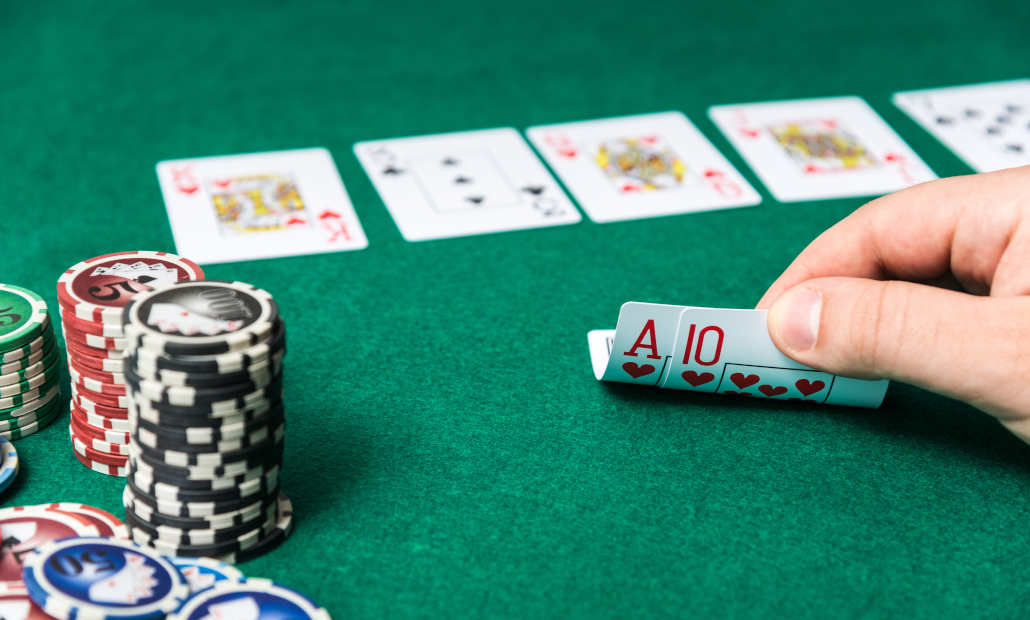
These factors can have so big of an impact in certain situations, that players will not even consider the absolute nuts and will treat the effective nuts as the absolute nuts.
Let’s look at an example to bring this point home.
To determine the effective nuts on the flop, we need to consider all actions that happened before the flop.
The UTG raises, HJ calls, all other players fold, and the flop comes [invalid notations] which gives him the second set.
Can this hand be considered the effective nuts in this situation?
To answer this question we first must ask ourselves:
- What is the absolute nuts in this situation?
- Based on the action so far, is there a chance that our player in the HJ can have the absolute nuts?
- Based on the action, is there a chance that a player in the HJ can have a stronger hand than ours?
Firstly, looking at the flop of A♠8♦J♣, three aces would be the absolute nuts, as there is no card combination that can beat a set of aces on this board.
To answer the second question, we must use the information we have to determine if the player in the HJ could have a set of aces.
So, we need to ask ourselves, how likely is it that the player in the HJ just called with a pair of aces preflop?
For example, if we think that he would probably re-raise with pocket aces, we can conclude that our opponent does not have the absolute nuts in this situation.
And finally, because the only hand that beats the UTG’s set of jacks is a set of aces which is the absolute nuts, and we determined that the HJ does not have the absolute nuts in his range, we can conclude that the set of jacks the effective nuts here.
What Does Drawing to the Nuts Mean in Poker?
Drawing to the nuts means that you are drawing to the best possible hand, In other words, you need one or two more cards to put together the best possible card combination that cannot be beaten.
In situations where players are drawing to the nuts, they do not have a made hand. However, because they have a decent chance to make the nuts and put more money in the pot they, treat these kinds of draws differently.
For example:
A player is holding 5♣4♦ and the board is 3♠7♦8♠. In this situation, the player needs a 6 to make a straight, but is he drawing to the nuts?
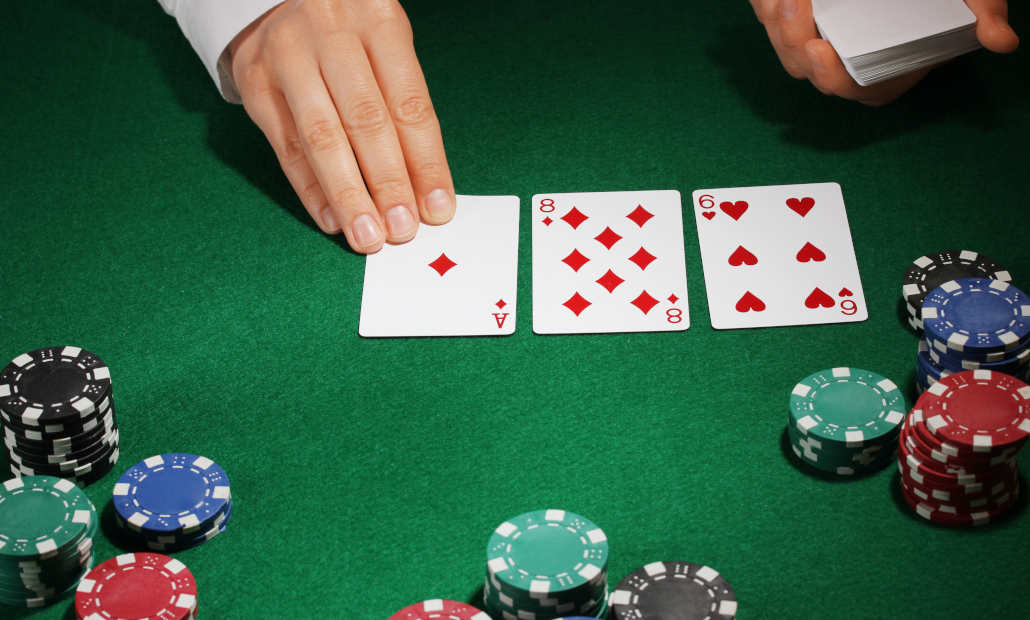
Well let’s see, if a 6♣ comes on the turn, the player will make a straight of 8♠7♦6♣5♣4♦. However, on this runout, there are two better possible straight combinations (a T-high and a 9-high straight).
Additionally, if a 6♠ comes, the board will be 3♠7♦8♠6♠, and apart from the straights, flush combinations will also be possible.
Based on this information, we can determine that the player is not drawing to the nuts.
Now, let’s look at a different situation.
A player is holding Q♥J♥ and the board is 10♠9♣3♠. The player needs an 8 or a K to make a straight, but is he drawing to the nuts?
If an 8♣ comes on the turn, the board will be 10♠9♣3♠8♣, and the player will make a straight with Q♥J♥10♠9♣8♣. We can see that on this runout, a better five-card combination is not possible.
If a K♦ comes instead, the board will be 10♠9♣3♠K♦, and the player will make the nut straight with K♦Q♥J♥10♠9♣. Again, this is the best possible five-card poker hand on this particular runout.
Based on this information, we can determine that in this situation the player is drawing to the nuts.
Why Is Drawing to the Nuts Important?
In poker, the importance of drawing to the nuts depends on the situation. It can be very important or not important at all.
Each situation is specific and the more you play, the better you will become in reading specific spots and deciding how important it is to make the nut hand. Although making the nuts is always nice, often it will be overkill.
As a general rule of thumb, the more players there are in the hand, the more important drawing to the nuts becomes.
Example 1:
A tight UTG player makes a raise, HJ folds, CO makes a call with 4♣6♣, and all other players fold.
There are two players in the hand and the flop comes 7♦A♣8♠ and the CO player needs a 5 to make a straight.
However, if the 5♣ comes, the board will be 7♦A♣8♠5♣ which means that a higher straight will also become possible.
Now, the CO needs to decide, does his opponent have 9-6 in his range.
If, based on the positions and the UTG’s style, the CO decides that his opponent is not very likely to have 9-6 in his range, he can treat this draw the same way he would treat a nut draw and put as much money as possible in the pot if he hits one of his outs.
Example 2:
A tight UTG player makes a raise, HJ folds, CO makes a call with 4♣6♣, button folds, and SB and BB make a call.
There are four players in the hand and the flop comes 7♦A♣8♠. The CO needs a 5 to make a straight, but if, for example, a 5♣ comes, the board will be 7♦A♣8♠5♣ and a higher straight will be possible – 9 8 7 6 5.
Now, the CO needs to decide does any of his opponents have 9-6 in their range, and although 9-6 is not in the UTG player’s range, the SB and BB can easily have this hand based on the action and the price they were getting on a call preflop.

Because the small and the big blind could be drawing to the nuts in this situation, the draw that CO has becomes much less valuable.
He should proceed with extreme care and not put all of his chips into the pot if he hits a 5 unless he has a very good read on his opponents.
How to Play the Nuts in Poker
There are two ways in which poker players play the nuts. They either:
- Fast play the nuts, or
- Slow play the nuts
Which way is the right one depends on the situation and the type of hand you are holding. Some of the most important factors poker players use to determine whether they should fast play or slow play their nuts are:
- Board texture
- Hand ranges
- Blockers
- Opponent type
- Stack size
Fast Playing the Nuts
Players usually fast play the nuts in several different scenarios, such as:
- Wet and dynamic board textures,
- When their opponents have a strong range,
- When they are not blocking opponents calling range,
- The effective stacks are deep and they are out of position
If you have a nut hand in this kind of situation, you should almost always fast play the nuts.
For example:
If you raise 3♣3♦ from UTG (100bb), all players fold, and the BB (110bb) makes a call.
The flop comes A♠K♠3♥, giving you a set of 3s.
First you need to figure out if your hand is the absolute nuts or the effective nuts in this situation. Because your opponent should not really have AA or KK in his range, we can safely say that pocket 3s are the effective nuts in this situation.
Unless you have a read on your opponent, it is almost always better to fast play in this scenario, because:
- The board is dynamic and can change significantly on the turn (your opponent can outdraw you or a scare card can come preventing your opponent from putting any more money in the pot).
- You are not blocking your opponents calling range (A, K, or spades).
- The effective stack is 100bb.
Slow Playing the Nuts
Slow-playing the nuts is one of the most incorrectly applied approaches in poker. This is because players tend to slow play nut hands in situations where the board is not as favorable as they think or they are not thinking about their opponent’s hand.
With this said, slow-playing the nuts is a viable strategy in situations where:
- You can’t likely be outdrawn
- Your opponent has a weak range
- You are blocking your opponents calling range
- The effective stacks are shallow and you are in position
For example:
If you raise with Q♣Q♥ from UTG (100bb). HJ, CO and BTN fold; SB (60bb) calls and BB folds.
The flop comes Q♠7♦2♣ giving you a set the top set of queens.
On this board, we can see that three Qs are the strongest possible hand combination, i.e., the absolute nuts.
Without any major reads, slow-playing the nuts in this situation might be a good idea for a couple of reasons:
- The board is static and there are really no cards that can change this on the turn (your opponent is unlikely to outdraw you).
- You are blocking you opponents calling range (Q).
- The effective stack is 60bb.
Fast Playing vs. Slow Playing the Nuts in Poker
If you are looking for a straightforward answer to the question should you fast play or slow play the nuts, we can’t provide one.
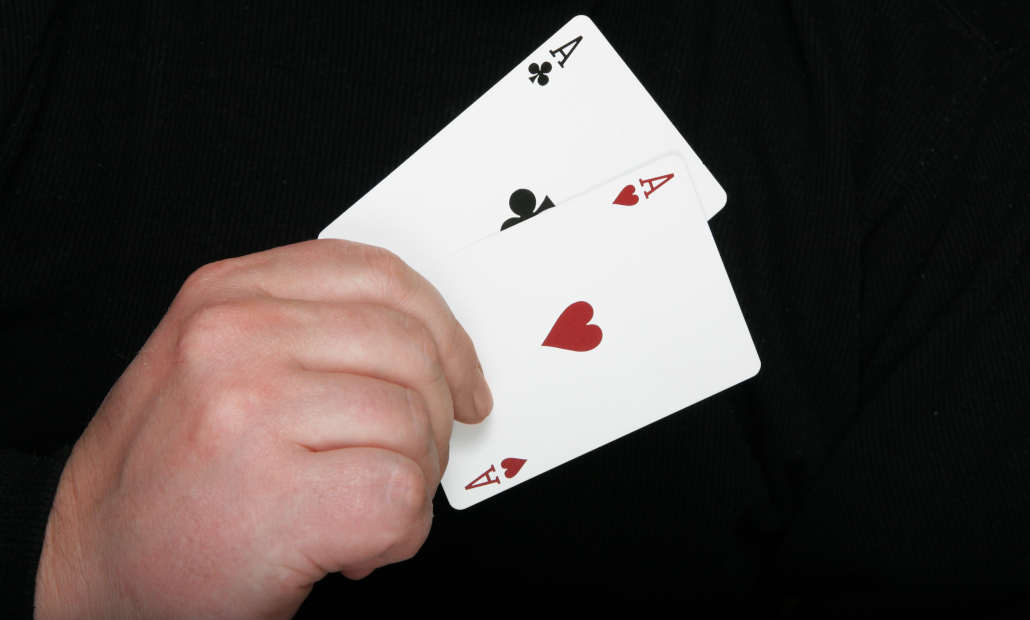
Each hand in poker is played differently depending on the information and other elements that impact the gameplay.
For this reason, it is not a good strategy to have strict guidelines that will be based on one or two factors.
Using the information we gave above will be a good start. The more you play, the easier it will be for you to recognize situations in which fast playing is the better option and also recognize hands in which slow playing might bring you more money.
If you want to become a good poker player, you will have to learn how to implement both strategies. Relying only on one will make you predictable, and this will have a negative impact on you poker results.
Common Poker Phrases Containing the Term Nuts
The word nuts is very important in poker jargon and is used in countless situations. Below are some of the most common poker phrases containing the term nuts.
- The stone cold nuts – refers to the absolute best hand in a given situation.
- He flopped the nuts – meaning that the player has made the best possible hand on the flop.
- He turned the nuts – meaning that the player has made the best possible hand on the turn.
- Rivered the nuts – meaning that the player has made the best possible hand on the turn.
- He slowplayed the nuts – meaning that the player has played his nut hand in a deceptive manner to try and get as much money in the pot as possible
- The hand has nut potential – meaning that the hand can make the best possible hand, often used for suited aces (hands that can make the ace high flush).
- He is nutted – meaning that in a given situation, the player’s range is heavily weighted towards the best possible card combinations










